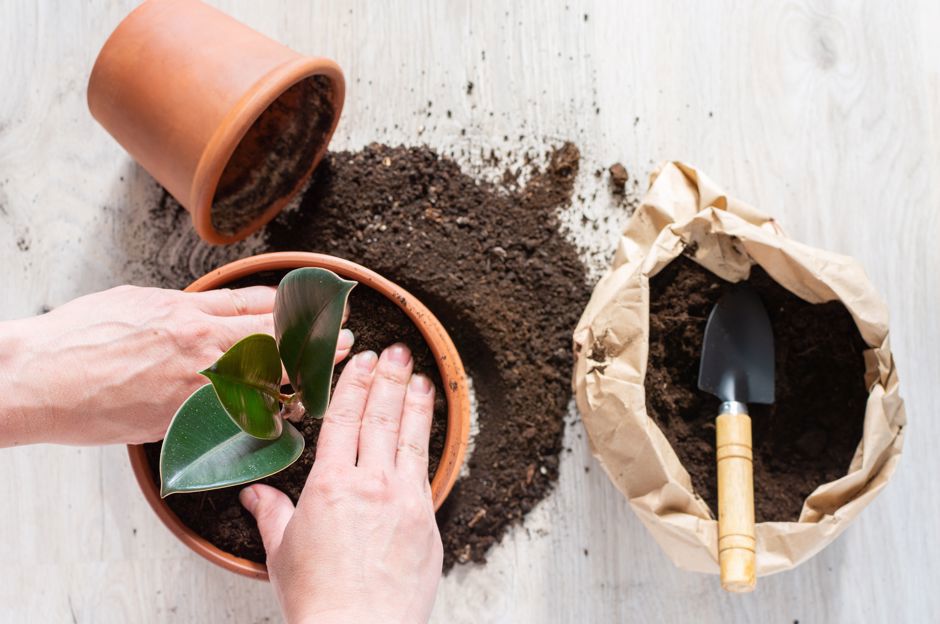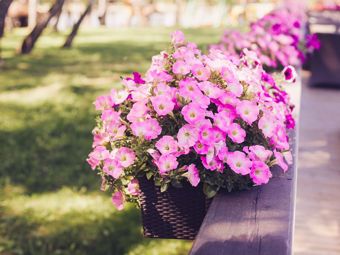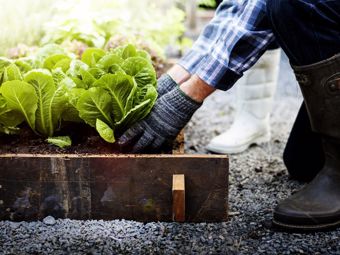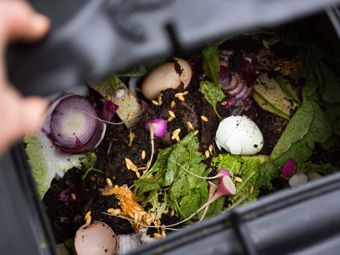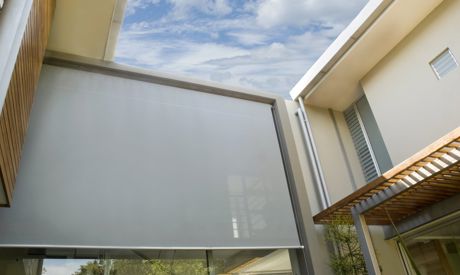How do we know when to repot a plant?
Sometimes it is clearly visible that there are more roots than soil in the pot. Sometimes the roots grow through the hole in the bottom. Other times, the plant withers and does not thrive for no apparent reason. In all these cases, repotting into a larger container will help.
If you have no opportunity to buy soil, but you have different types of soil available, you can blend some substrate for houseplants yourself - it should consist of seven parts clay soil, three parts peat and two parts coarse sand.
Getting ready for repotting:
- containers, only slightly larger (by 2–3 cm) than the original
- substrate for houseplants
- drainage material for the bottom of the container (ceramsite, brick chips or ceramic shards)
- mat (e.g. old newspapers)
- trowel
- knife
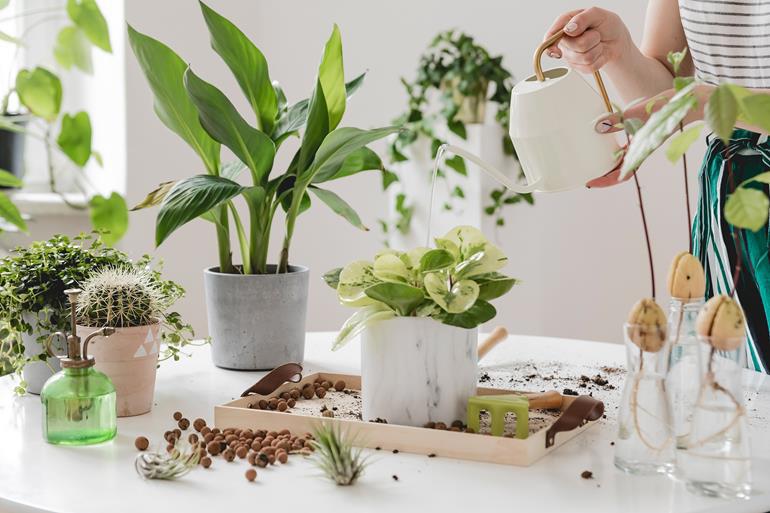
Before repotting, water the plant thoroughly. This will help to loosen it from the old pot. We work over the mat, we can also wear gardening gloves if we don't want to get dirt on our nails. We release the plant from the walls of the old pot (a knife may be needed) and carefully pull it out or knock the plant down out of the old pot. In an extreme case, when the roots have grown through the hole in the pot, it may be necessary to break or cut the pot if we don't want to damage the root ball.
Pour a ceramsite drainage layer, crushed bricks, ceramic shards or sand onto the bottom of the new pot. In an emergency, you can also use broken polystyrene, it will also work. Cover it with a layer of substrate. Carefully shake the plant off the remains of the soil and remove damaged or rotten roots.
Place it in a new pot and add substrate, tamping it down carefully with our fingers. When we are finished, the plant should be as deep in the soil as it was in the original pot. We do not fill the soil to the edge of the container, there must be room for watering - on the other hand, we must take into account that the substrate will settle a little over time.
Caring for plants after transplanting
After transplanting, we water the plants thoroughly again and then do not water them at all for a week or two to force the roots to grow into the open space in search of moisture. The transplanted plant should not be exposed to direct sunlight for several weeks, and we do not fertilize it for at least three to five weeks. We also protect it from draft and large changes in temperature.
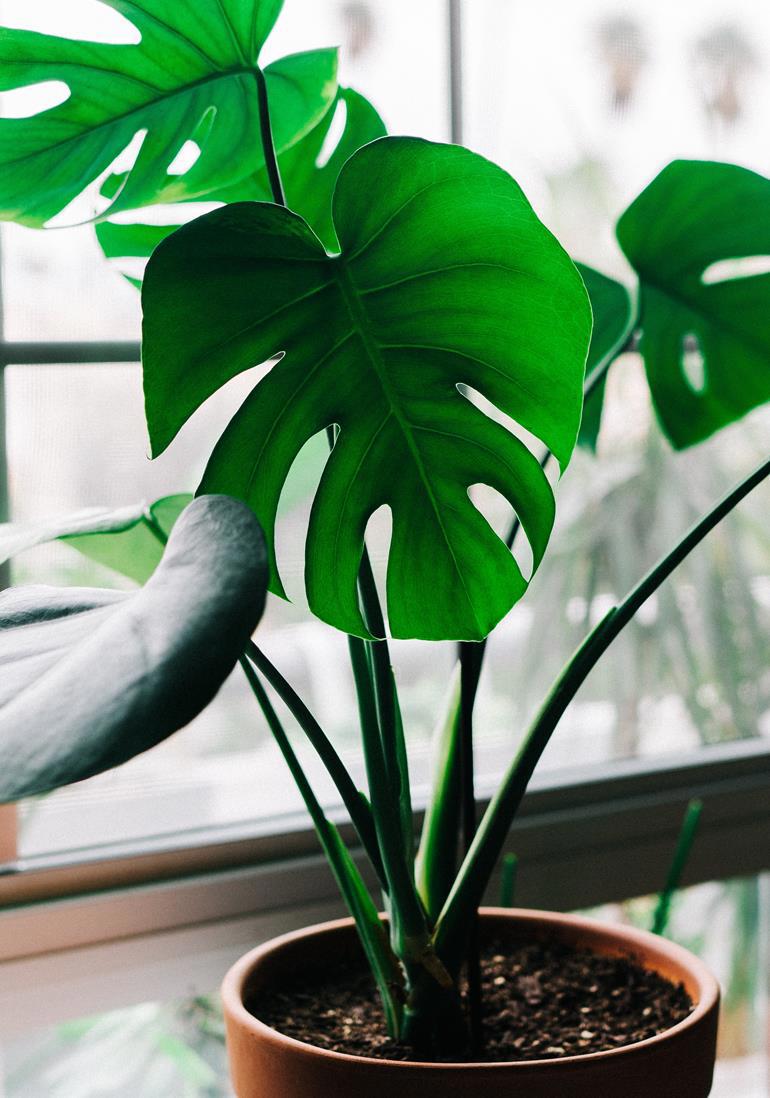
Can large plants be transplanted?
If you have a large ficus, palm, monstera or another large houseplant, you don't have to figure out how to move it between containers. Simply remove the top layer of soil and replace it with fresh substrate, in most cases this will be enough for the plant.
May your houseplants grow and make you happy!

